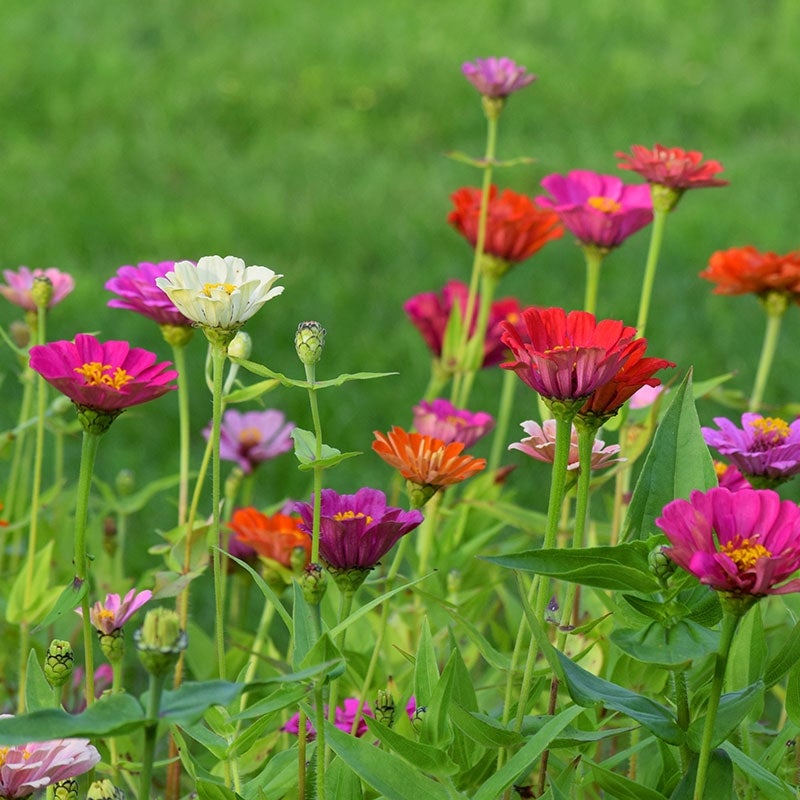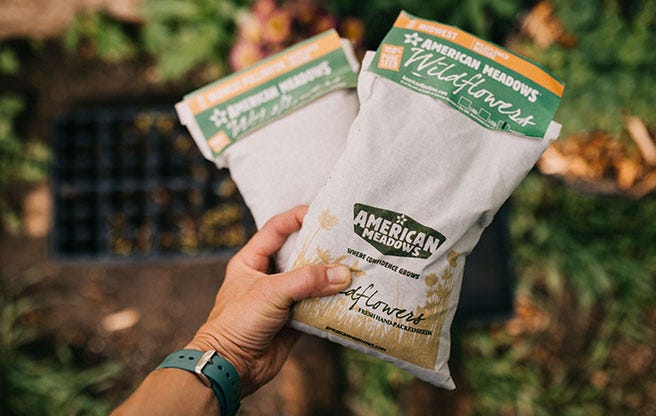Zinnia Seeds
SKU: AM016010
Shipping:
No longer available this season.
Overview
Blooming from mid-summer until frost, Zinnias are some of the easiest wildflowers to grow, adding their bright, cheerful color to any sunny spot with enthusiasm. These beloved annuals are deer resistant, long blooming and very prolific - the more you cut for bouquets, the more flowers your plants will produce. Best of all, they are a monarch butterfly magnet! All of the seed we carry at American Meadows is non-GMO, neonicotinoid-free and guaranteed to grow.
key features
Botanical Name
Zinnia elegans
Advantages
Bee Friendly, Attracts Butterflies, Deer Resistant, Easy To Grow, Low Maintenance, Long Bloom Time, Cut Flowers, Mass Plantings, Container Planting
Growing Zones
Zone 2, Zone 3, Zone 4, Zone 5, Zone 6, Zone 7, Zone 8, Zone 9, Zone 10
Life Cycle
Annual
Light Requirements
Full Sun
Soil Moisture
Dry, Average
Mature Height
24-36" tall
Seed Coverage
1/4 lb covers 1,555 sq ft.
1 lb covers 6,220 sq ft.
5 lbs covers 31,100 sq ft.
10 lbs covers 1.5 acres
1 lb covers 6,220 sq ft.
5 lbs covers 31,100 sq ft.
10 lbs covers 1.5 acres
Bloom Time
Summer to fall
SKU
AM016010






